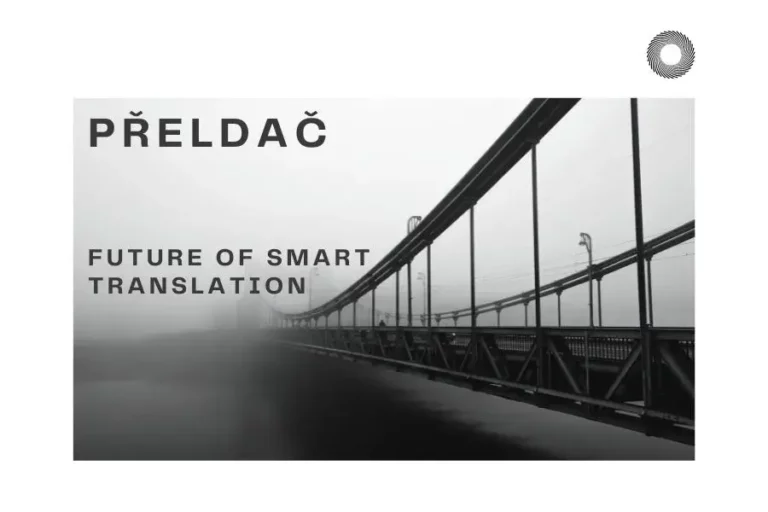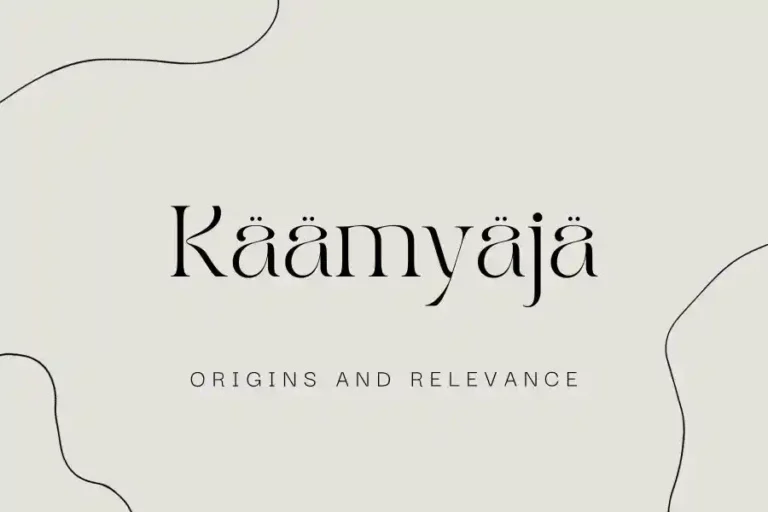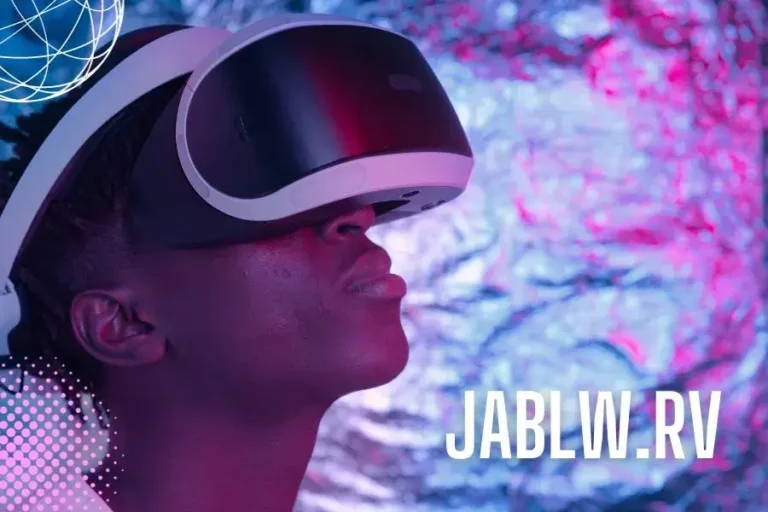Beholderen: Unveiling the Mysteries of Perception

In the realm of human experience, perception stands as a cornerstone. It serves as the lens through which we perceive reality, shaping our interactions with the world around us. At the core of this intricate process lies the beholderen – an enigmatic entity residing within each of us, orchestrating the interplay between stimuli and sensation. Join us on a journey as we delve into the depths of perception, shedding light on its mysteries and exploring its profound impact on our lives.
Understanding Perception
Perception extends beyond mere sensory input; it encompasses the synthesis of sensory information and cognitive processing, constructing our understanding of the world. The beholderen, nestled within the recesses of our minds, plays a pivotal role in this intricate symphony, filtering, interpreting, and embellishing raw sensory data to create a coherent narrative.
The Complexity of Perception
Perception is not a singular entity but rather a kaleidoscope of experiences influenced by various factors, including biological predispositions and cultural conditioning. The beholderen adapts and evolves, shaped by genetics, upbringing, and environmental stimuli, thereby molding our unique perspectives and coloring our interactions with reality.
Challenging Objectivity
Despite our belief in the objectivity of our perceptions, they are inherently subjective, influenced by biases, expectations, and past experiences. The beholderen, often disguised as objectivity, subtly manipulates our perceptions, weaving a tapestry of reality that reflects our innermost beliefs and desires.
The Influence of Perception
Perception holds immense power, not only shaping how we perceive the world but also guiding how we navigate it. Our interpretations of events, people, and situations are filtered through the lens of perception, influencing our decisions, emotions, and behaviours. The beholderen, an unseen puppeteer, orchestrates this delicate dance, shaping our reality one belief at a time.
Navigating Fragility
Despite its apparent stability, perception is fragile and susceptible to distortion and manipulation. Optical illusions, cognitive biases, and cultural conditioning all conspire to warp our perceptions, casting doubt on the reliability of our sensory experiences. The beholderen, ever vigilant, navigates this minefield of uncertainty, striving to discern reality from illusion.
Exploring the Psychology
Psychologists have long been intrigued by the intricacies of perception, delving into its nuances and unravelling its mysteries. Gestalt principles illuminate the holistic nature of perception, emphasizing the role of context and organization in shaping our sensory experiences. Psychophysicists probe the thresholds and limits of perception, pushing the boundaries of our sensory capabilities. Cognitive psychologists dissect the mental processes underlying perception, shedding light on the inner workings of the beholder.
The Evolutionary Perspective
From an evolutionary standpoint, perception is not merely a passive process but a survival mechanism honed by millennia of natural selection. Our ability to perceive and interpret the world conferred a distinct advantage, enabling our ancestors to navigate complex environments, evade predators, and secure vital resources. The beholderen, forged in the crucible of evolution, bears the indelible imprint of our ancestral past, guiding us through the labyrinth of modern life.
Philosophical Reflections
Philosophers have grappled with the nature of perception for centuries, pondering its philosophical implications and probing its existential mysteries. From Plato’s allegory of the cave to Descartes’ musings on the nature of reality, perception has been a perennial subject of philosophical inquiry, challenging our assumptions and deepening our understanding of consciousness. The beholderen, an enigmatic presence, haunts the corridors of intellectual discourse, beckoning us to explore the depths of human experience.
Cultural Influences
Culture exerts a profound influence on perception, shaping our beliefs, values, and societal norms. Language, symbolism, social customs, and rituals imbue our perceptions with meaning, colouring our interactions with the world. The beholderen, steeped in the rich tapestry of cultural influences, navigates the complexities of artistic perception, bridging the gap between individual experience and collective understanding.
The Digital Realm
In the digital age, perception takes on new dimensions as we navigate virtual realms and digital landscapes. The beholderen, once confined to the physical confines of our sensory organs, now grapples with the ethereal realms of cyberspace, parsing digital signals and synthesizing virtual experiences. Augmented reality and virtual reality blur the boundaries between the real and the virtual, challenging our perceptions and reshaping our understanding of reality itself.
Conclusion
Beholderen, the unseen architect of our perceptions, guides us through the labyrinth of human experience, shaping our reality and illuminating the mysteries of consciousness. From the depths of evolutionary history to the lofty heights of philosophical inquiry, perception transcends mere sensation, weaving a tapestry of meaning and understanding.
As we peer through the lens of perception, let us embrace the enigmatic beauty of the beholderen and celebrate the boundless complexity of human consciousness. If you also want to read about Touruvw.xom then visit that post.
FAQs
What is the beholderen?
The beholderen refers to the internal mechanism within each individual that processes sensory information and constructs perceptions of the world. It plays a crucial role in filtering, interpreting, and organizing sensory data to create a coherent understanding of reality.
How does perception influence behaviour?
Perception significantly influences behaviour by shaping how individuals interpret and respond to their surroundings. For example, someone who perceives a situation as threatening may exhibit a fight-or-flight response, while another person perceiving it as an opportunity may approach it with enthusiasm.
Can perception be objectively measured?
While perception itself is subjective, researchers have developed various methods to objectively measure certain aspects of perception, such as reaction times, accuracy in identifying stimuli, and brain activity patterns using neuroimaging techniques like fMRI or EEG.
How does culture shape perception?
Culture profoundly shapes perception by influencing the values, beliefs, and societal norms that individuals internalize from their cultural environment. Cultural factors such as language, social customs, and traditions influence how people perceive and interpret the world around them.
What role does technology play in shaping perception?
Technology plays a significant role in shaping perception by altering the way individuals interact with and perceive their environment. For example, virtual reality (VR) technologies can immerse users in simulated environments, influencing their perceptions and experiences. Similarly, social media platforms and digital media shape perceptions by influencing information consumption and social interactions.





